The process of getting a tattoo on your hand can be both thrilling and uncomfortable. Hand tattoos are trendy, but the hand has a lot of nerve endings, so the pain can be more intense than in other body parts.
Usually, hand and finger tattoos are rated 8/10 on the pain scale. This is due to the thin skin and high concentration of nerve endings in these areas. Tattooing the hand can be painful and sensitive because the needle constantly punctures the skin, creating a sharp sensation.
Before getting a hand tattoo, it's essential to consider various factors that can impact pain levels. This post will explore these factors, different pain management techniques, proper aftercare, and potential adverse side effects.
Hand Tattoo Pain Level: 4 Affecting Factors
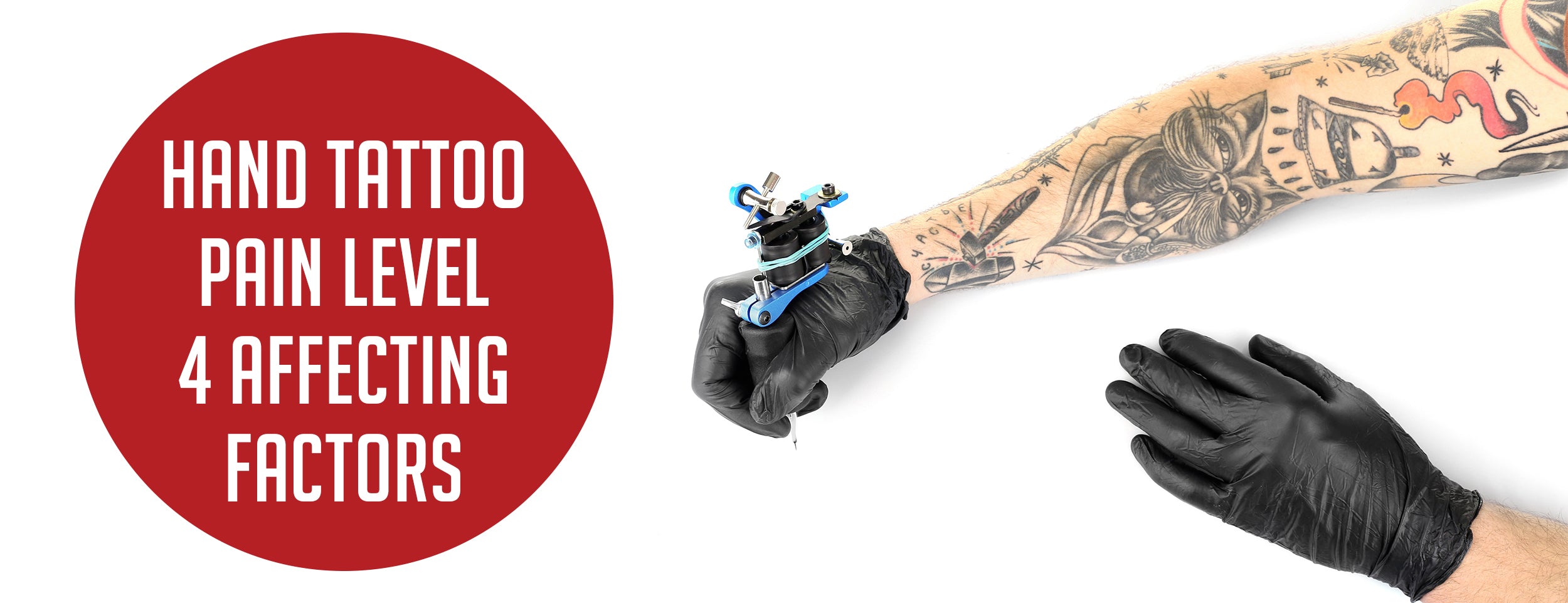
We’ll discuss the factors contributing to hand tattoo pain and provide practical tips for minimizing discomfort. Here are some of the critical points that we’ll cover:
The Anatomy of the Hand and Its High Density of Nerve Endings
The hand is one of the body's most sensitive parts, mainly because it has a higher density of nerve endings than other areas. Even small stimuli, like needle pricks, can be felt more acutely. Some facts to consider:
- The fingertips have the highest density of nerve endings.
- The palm's central part is less sensitive than the fingers and the sides of the hand.
- The wrist and the back of the hand have a moderate sensitivity level.
The Anatomy of the Hand and Its High Density of Nerve Endings
The hand is one of the body's most sensitive parts, mainly because it has a higher density of nerve endings than other areas. Even small stimuli, like needle pricks, can be felt more acutely. Some facts to consider:
- The fingertips have the highest density of nerve endings.
- The palm's central part is less sensitive than the fingers and the sides of the hand.
- The wrist and the back of the hand have a moderate sensitivity level.
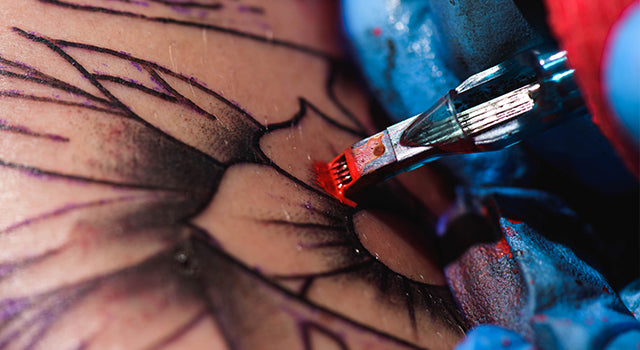
The Thickness and Durability of Hand Skin
The hand's skin is naturally thicker than other body parts, making it more resilient against abrasions and cuts. This doesn’t necessarily mean that it’s less painful to tattoo. Some things to keep in mind:
- The thickness of the skin will vary depending on the area being tattooed.
- The outer layer of the skin (epidermis) is thinner on the palm and thicker on the rear.
- The dermis (the layer beneath the epidermis) is where the ink is delivered, generally thicker on the back of the hand.
The Position of the Tattoo and Proximity
The hand is a complex structure of bones, tendons, and joints, making tattoos challenging. Depending on their proximity to these structures, some areas are more susceptible to pain than others. Here are some factors to consider:
- Areas with less flesh (like the fingers) are generally more painful to tattoo.
- Tattoos near bones and joints (like the wrist and knuckles) can be more uncomfortable.
- Tendons, significantly those close to the surface, can also contribute to pain.
The Size and Intricacy of the Design
The design's size and complexity can also impact the pain level of a hand tattoo. Larger tattoos require more time and discomfort, while intricate designs may require more precision and attention to detail. Here are some factors to keep in mind:
- Larger tattoos will require longer tattoo sessions, which can increase discomfort.
- A complex design may require more precision and require the artist to repeatedly go over the same area, which can be uncomfortable.
- Tattoos with multiple colors will require more passes, which can prolong the process.
Hand Tattoo Pain Level: Management Techniques
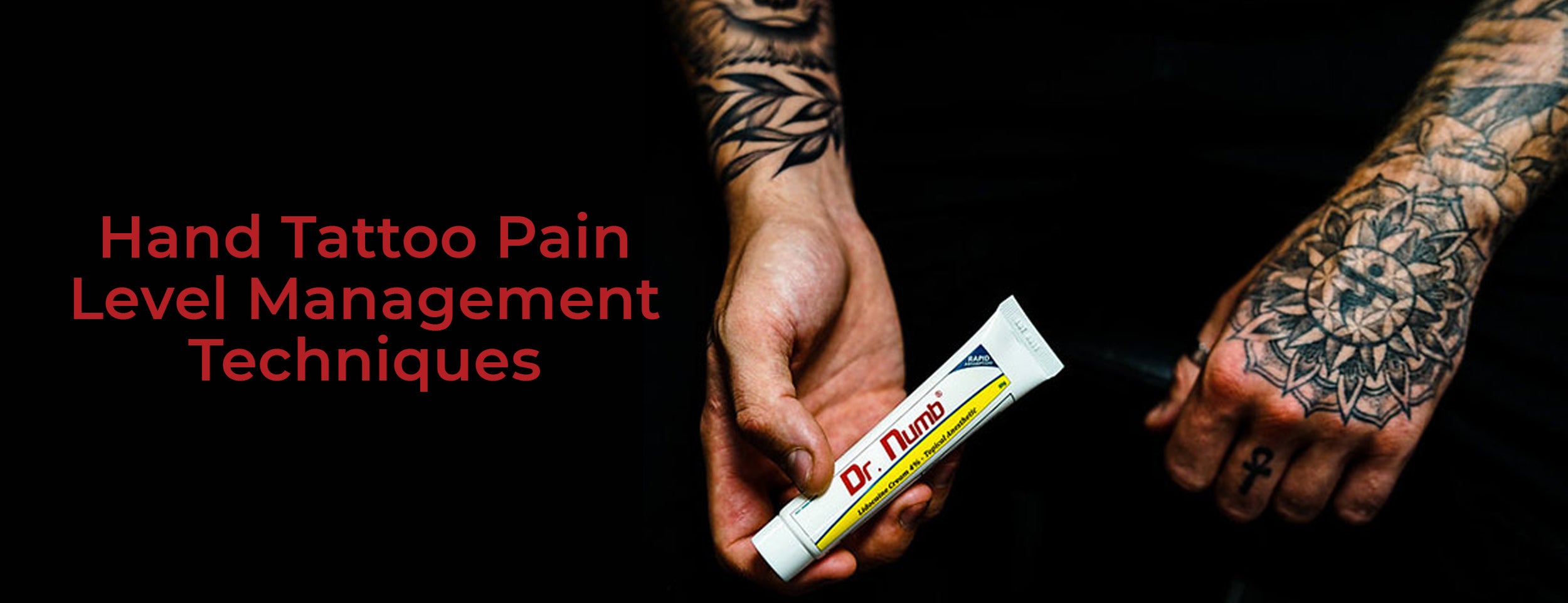
Various pain management techniques can be applied to make the experience of getting a hand tattoo more comfortable. We discuss several pain relief methods and general preparations individuals can undertake to make their experience more pleasant.
General Preparations
Before getting a tattoo, there are several things that individuals can do to prepare themselves physically and mentally for the process. Detailed below are some of the critical preparations that can help to minimize pain:
- Hydrate: Staying hydrated is crucial for minimizing pain during the tattoo process. Drinking plenty of water in the days leading up to the appointment and avoiding caffeine and alcohol can dehydrate the body.
- Get plenty of rest: Being well-rested helps to minimize pain perception, making it easier to endure the tattoo process. Prioritizing sleep can help you prepare for your appointment.
- Eat a nutritious meal: Eating a nutritious meal before the appointment can help to regulate blood sugar levels and provide the body with the energy it needs to endure the process.
- Avoid painkillers: While taking a painkiller before the appointment may be tempting, it is generally not recommended as it can thin the blood and increase bleeding and bruising.

Pain Relief Methods
Several pain relief methods can be used to make the tattoo process more comfortable. However, not all methods work equally well for hand tattoos. Here are some of the options that individuals can consider:
- Topical numbing creams: These can be purchased over the counter and applied to the skin before the appointment. They work by desensitizing the skin and reducing the sensation of pain.
- Ice packs: Applying ice packs to the area before and during the appointment can help to numb the skin and reduce pain perception.
- Distraction techniques: Distraction techniques such as listening to music, watching a movie, or talking to a friend can help remove the focus from the pain.
- Breathing exercises: Deep breathing can help to regulate breathing rhythms and reduce anxiety, both of which can help to minimize pain perception during the tattoo process.
The Potential Negative Side Effects of Hand Tattoos

It's essential to consider the potential adverse side effects before getting inked on your hands. Here are some things to think about:
Potential Health Risks
Getting a tattoo on your hands can have some health risks. Since the skin on your hands is thinner than other parts of your body, it may be more prone to complications like infections, allergic reactions, and scarring. Tattoos on your hands can be more difficult to heal properly, making them more susceptible to infections.
Social Stigma
While tattoos are becoming more mainstream, not all employers or industries accept visible tattoos, especially on the hands. Getting a hand tattoo could limit your career opportunities if you're in a profession that requires you to have a certain image or look.
Pain
Hand tattoos are notorious for being more painful than other tattoos due to the lack of fatty tissue surrounded by nerve endings. Be prepared for a significant amount of discomfort during the tattooing process.
Fading
Your hands are constantly exposed to the elements and abrasions, and hand tattoos may fade faster than tattoos on other parts of your body. This can result in the need for touch-ups or even a complete tattoo rework, which can be costly and time-consuming.

Limited Design Choices
Due to the size and shape of the hand, there may be limitations on the types of designs that can be tattooed. Intricate designs may translate poorly on the hand, and certain areas of the hand may be more difficult to tattoo than others.
Conclusion
The pain level involved in getting a hand tattoo can be more intense than other n conclusion, body parts. Understanding the different pain factors can help you decide about getting a hand tattoo. Preparing yourself before your appointment, using pain relief methods during the tattooing process, and proper aftercare can all help minimize discomfort and promote healing.
Considering the possible adverse side effects of a hand tattoo is equally important. Knowing the risks and how to avoid or mitigate them can help minimize the chances of experiencing adverse reactions.
While pain is a given when it comes to getting a tattoo, understanding the pain level and how best to manage it is essential to make your tattooing experience as smooth as possible. With the proper preparation, pain management, and aftercare, you can ensure a pleasant and memorable tattoo experience.

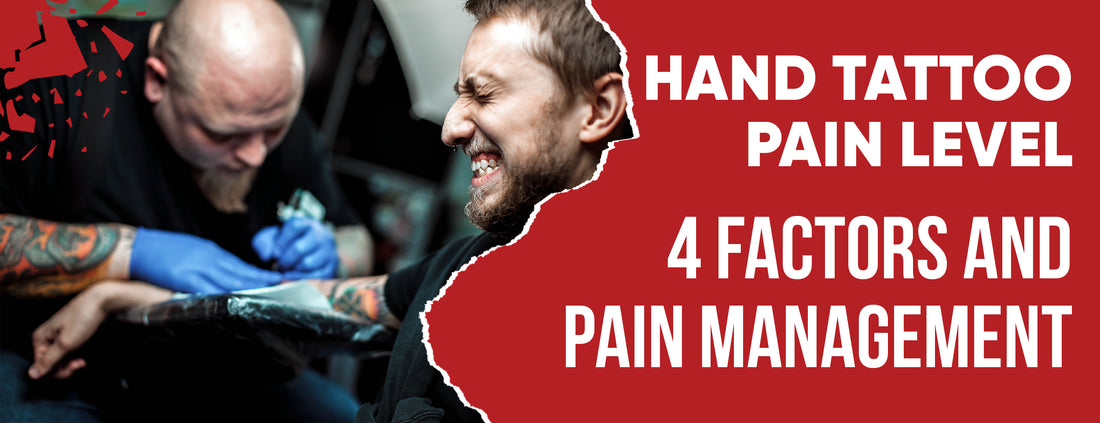











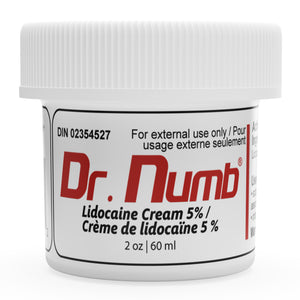



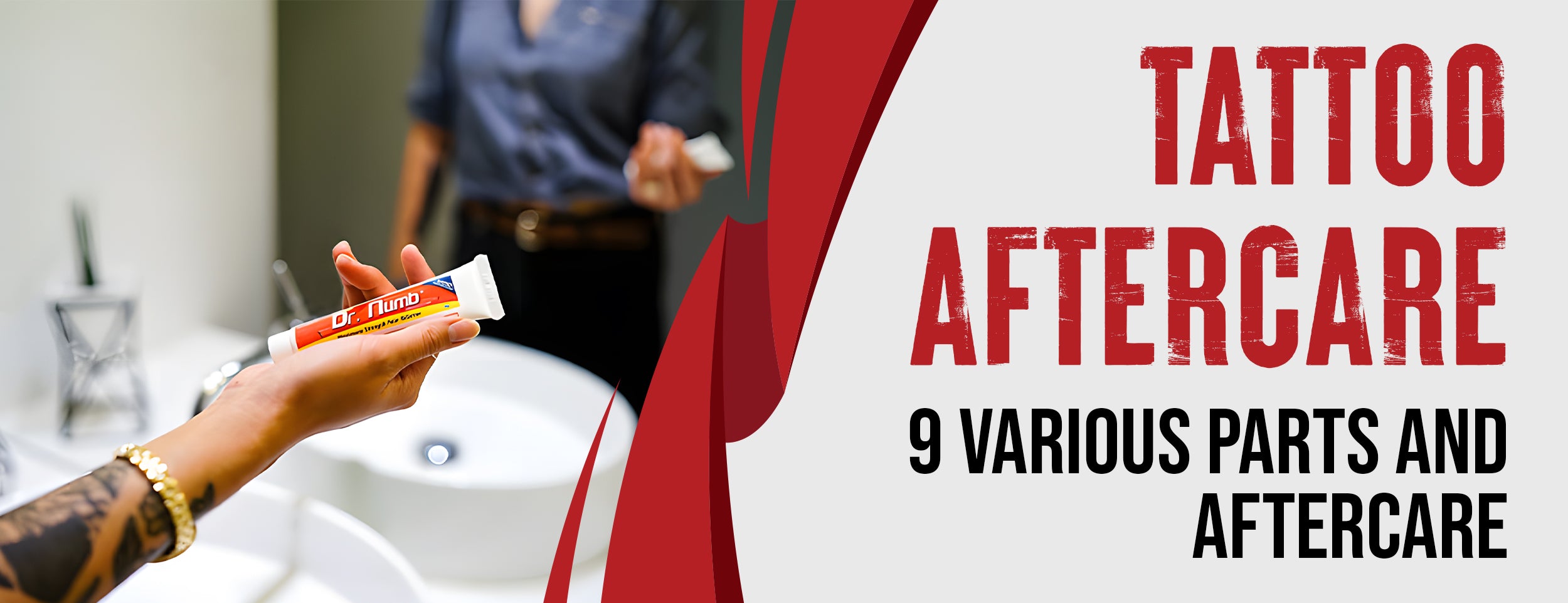
![Antibiotics and Tattoos: 3 Risks and 3 Effects [with 4 Precautions]](http://drnumb.ca/cdn/shop/articles/Can_You_Get_Tattooed_On_Antibiotics__3_Risks_and_3_Effects_4_Precautions.jpg?v=1714128292)

